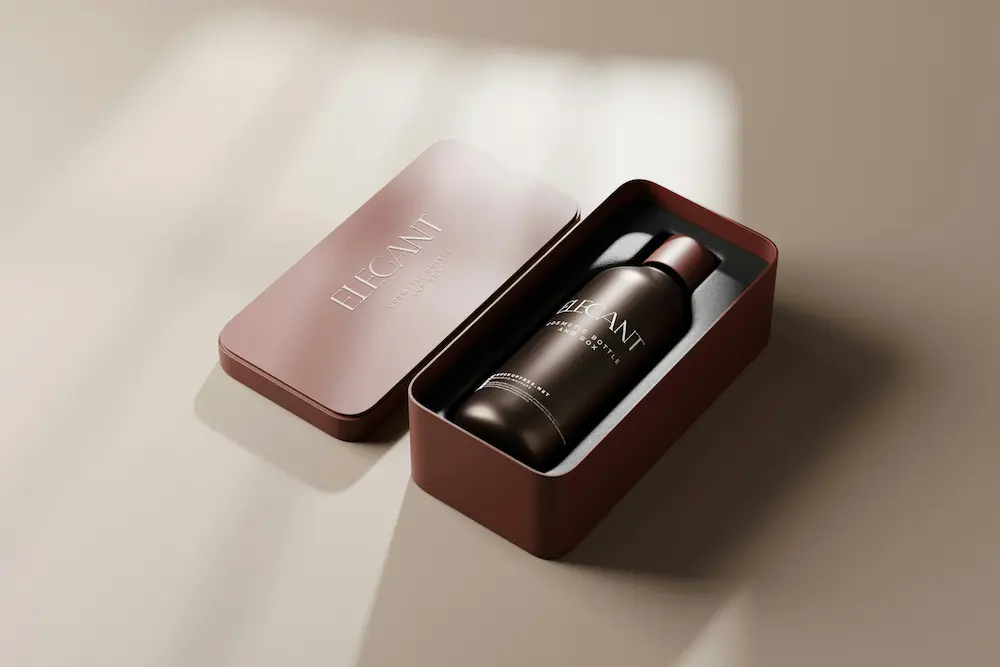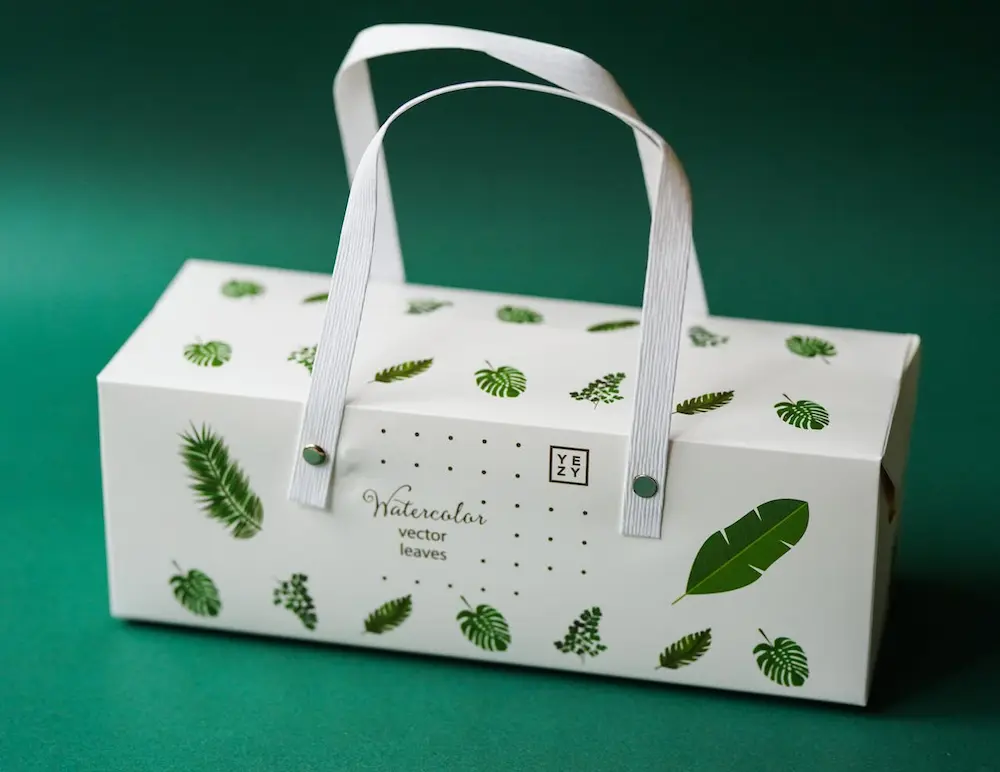Walk into any store, and within seconds, the kaleidoscope of colors, shapes, and designs that adorn product packaging endlessly shouts for your attention. A few of these will likely end up in your cart, and this choice, more often than not, is underpinned by the consumer psychology woven into the packaging. As marketers, it is crucial to understand the cognitive processes that stimulate consumer responses and tailor packaging strategies accordingly. Let’s delve into the psychology of packaging and its impact on consumer behavior.
1. Packaging as a Symbol of Quality
Premium packaging is not merely a container but a powerful symbol of quality that speaks volumes to the consumer before the product is even used. Especially for high-end spirits, the look and feel of the packaging can convey the brand’s craftsmanship, heritage, and exclusivity—a form of silent communication that differentiates a premium product from the everyday. It is through premium packaging for high-end spirits that a story is told. A narrative crafted to resonate with those seeking more than just a drink, an experience.
Consumer perception of quality often starts visually. The bottle and packaging play a crucial role in setting expectations for high-end spirits. A beautifully designed label, an elegantly sculptured bottle, or a satisfying closure can convey luxury even before opening. Premium packaging sends a message: what’s inside is worth savoring, reflecting sophistication and consumer discernment.
2. Different Colors Evoke Different Emotions
Colors are potent stimuli and have a profound effect on human emotions. They can trigger specific reactions, influencing consumer behavior subconsciously. For instance, blue is often associated with trust, reliability, and security; red ignites passion, excitement, and urgency; green evokes tranquility and health; and gold exudes luxury and prestige.
Regarding high-end spirits, packaging colors play a crucial role in consumer perception. The choice of color can evoke certain emotions and create a connection with the brand’s target audience. For example, warm tones like gold or burgundy can resonate well with consumers seeking luxury and indulgence. In contrast, cool tones such as blue or silver may appeal to those looking for sophistication and refinement.
3. Visual Hierarchy Determines Consumer Attention
The visual hierarchy within packaging design is a potent tool in directing consumer attention towards essential elements of a product. It’s what makes certain features ‘pop’ and others fade into the background. In high-end spirit packaging, each element, such as text, images, or colors, has a specific hierarchical level that guides the viewer through their visual journey.

At first glance, consumers are drawn to dominant design elements such as the label, logo, or brand name. These elements create a visual anchor that keeps the consumer focused on the product. The hierarchy then leads to secondary features like product information and descriptors, followed by tertiary details such as health warnings or legal disclaimers.
4. Shapes and Design Create a Sense of Familiarity
Humans are adept at pattern recognition, and this ability extends to product packaging. Our brains automatically associate certain shapes and design elements with specific products, creating a sense of familiarity and trust. For high-end spirits, traditional or classic shapes such as rounded bottles or square decanters can evoke feelings of timelessness and heritage, playing on consumers’ emotional connection with their preferred spirits.
Design elements such as labels, fonts, and embossing create a distinctive packaging identity that consumers can instantly recognize. For example, a particular font or label design can become synonymous with a specific spirit brand over time, making it easier for consumers to spot their preferred product on the shelves. Creating this familiarity through packaging design is vital for high-end spirits, as it reinforces the brand’s legacy and builds a loyal following among discerning consumers.
5. Sustainability as an Emotional Value Proposition
Today’s consumers are increasingly aware of their environmental impact and seek brands aligning with their values. For high-end spirits, premium packaging can also include a commitment to sustainability, setting them apart from competitors. Using recycled or eco-friendly materials in packaging design can communicate the brand’s ethos, appealing to those looking for ethical consumption choices.
Moreover, sustainability provides an emotional value proposition for consumers. By choosing an environmentally friendly product, they feel like they are positively impacting the world and contributing to a greater cause. This aligns with the growing trend of conscious consumerism, where purchasing decisions are driven by more than just the product but also the values it represents.
6. Texture and Material Enhance User Experience
While visual appeal is crucial in packaging, the tactile experience can also greatly influence consumer behavior. High-end spirits often come with a higher price tag, and consumers want to feel like they are getting their money’s worth. Using quality materials such as glass, ceramic, or even leather for packaging adds to the aesthetic value and enhances the user experience.
Holding a weighted, beautifully crafted bottle can evoke feelings of luxury and indulgence, further reinforcing the perception of premium quality. Using unique textures or finishes such as matte, gloss, or embossing can also create a tactile element to packaging that invites consumers to touch and explore the product. These sensory interactions enhance the overall experience with the brand and contribute to building a positive brand image.
7. Interactive Packaging Drives Engagement
In today’s digital age, packaging can be used to communicate and engage with the consumer. Augmented reality features, QR codes, or even simple call-to-action messages on packaging can encourage consumers to interact with the product beyond the point of sale. This connects the brand and consumer, making them more likely to remember and repurchase.
For high-end spirits, interactive packaging can also create a sense of exclusivity and uniqueness for the consumer. For example, personalized messages or limited edition packaging can make buyers feel part of an exclusive club, further building brand loyalty. This type of engagement helps create a memorable experience beyond the product itself.
Packaging is not just a shell but an essential part of the product experience. It triggers responses in the consumer’s mind, influences purchasing decisions, and fosters brand loyalty. As you design or reevaluate your product packaging, remember that it’s not just about being seen but remembered and chosen. By integrating the psychology of packaging into your branding and marketing strategies, you can better connect with your consumers and stand out in a crowded marketplace.

